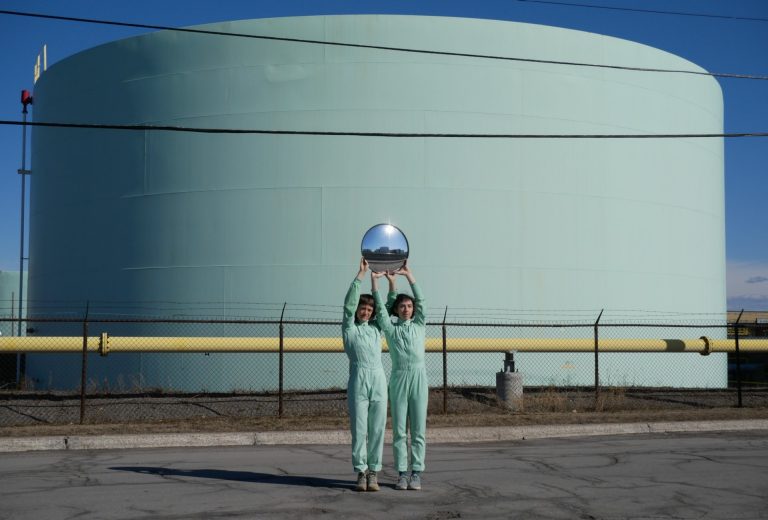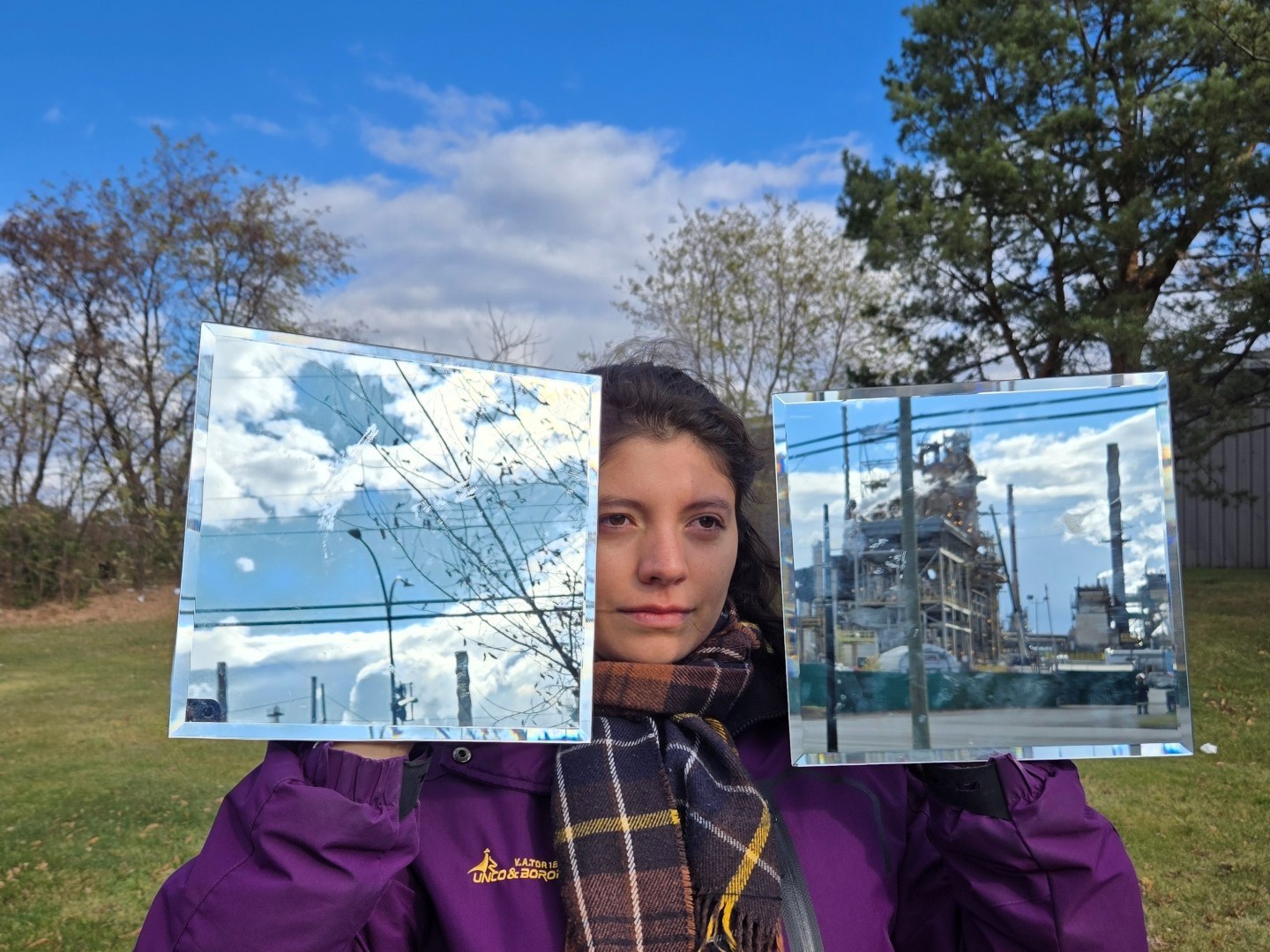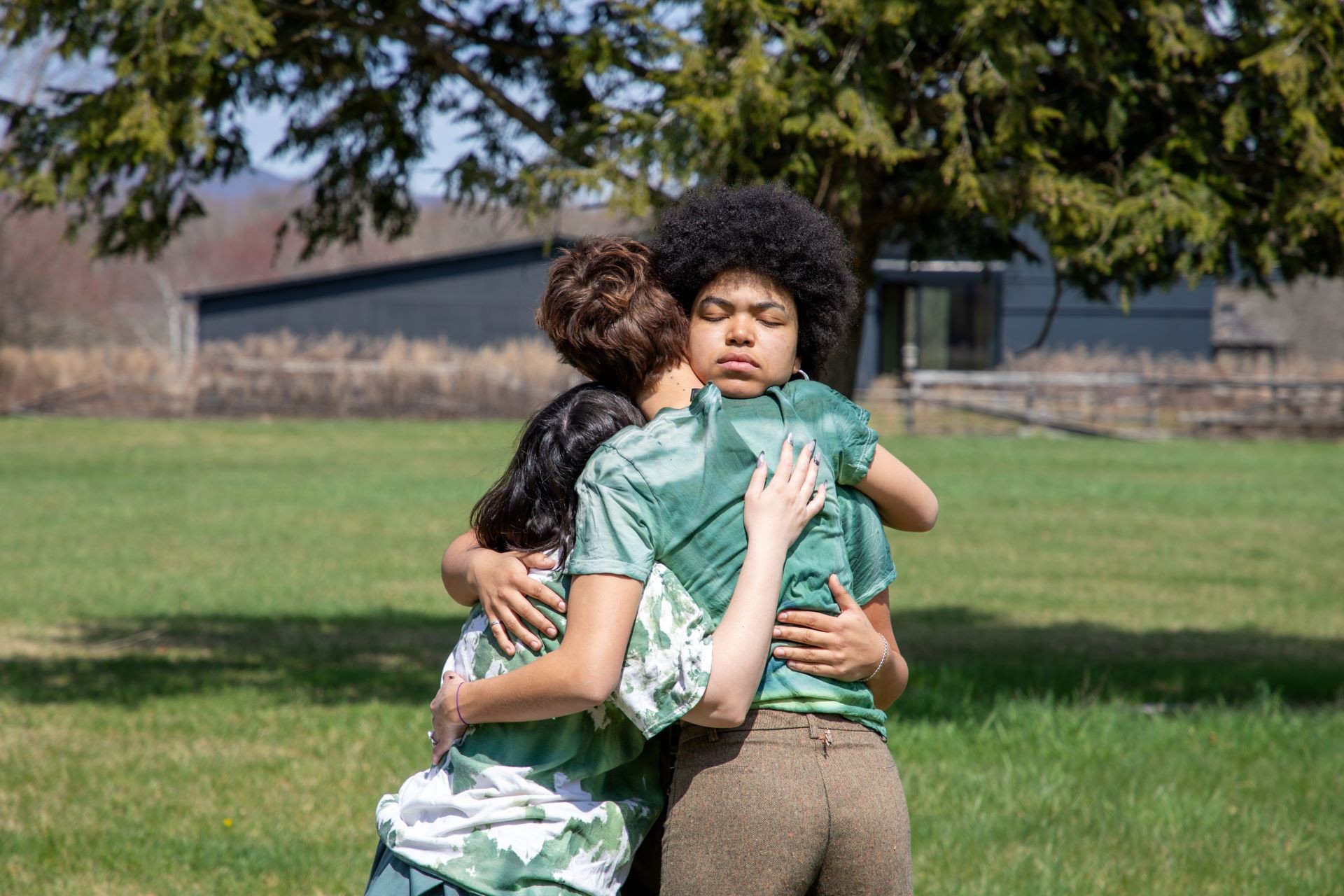A Concordia-directed artistic intervention uses sunlight as a material to highlight Montreal climate issues

A Concordia-supported series of site-specific artistic performances will use reflected sunlight to provoke thought and action on climate change.
Between June 14 and 28, six artists will perform live actions at three separate sites, each with their own history and relationship with fossil fuels and climate resistance. Angles of Consequence takes its title from the concept of “angles of incidence,” which posits that the angle of light’s reflection is equal to the angle of approach, and considers the captured heat and light from the sun as a consequence of global warming.
“Regarding climate change, this touches on how sunlight has and will continue to have consequences for our climate,” says Meghan Moe Beitiks, an assistant professor in the Department of Theatre and the project’s artistic director and principal investigator.
“Part of the challenge of the project is thinking about materials and approaches that are palpable, real and visceral in our experience of them. What are we literally talking about when we talk about climate change? We’re talking about the effects of the sun being compounded by greenhouse gases. When we are playing with the sun as a material for these performances, we’re thinking of it as both the centre of all life and as the catalyst for climate change as a consequence of human impact.”
 Sabina Gámez's A Line is a Circle: A Solar Performance. Photo by Angles of Consequence team.
Sabina Gámez's A Line is a Circle: A Solar Performance. Photo by Angles of Consequence team.
Projects of extraction, resistance and community
The individual performances are uniquely designed by the artists, using their own media, style and materials. Each work had to incorporate reflected sunlight to address climate change and be location-based. Several of the sites were chosen from a lengthy research process, connecting greater global impact to local sites in Montreal. One group, however, was asked to choose their own location.
“Instead of assigning them a site, we asked that they locate their performance within Montreal and use Bill 21 as a prompt,” explains Beitiks, referring to the 2022 law adopted by the Government of Quebec that effectively bans oil and gas development on its territory.
The project consciously draws on professional artists’ capacity to craft experience, consider meaning, capture attention and open up space for reflection. “We invited these local professional artists in because we want to be able to trust their own process to develop tools to face the climate crisis creatively and head on,” says Beitiks.
The first performance, How do we remember places that the sun can’t touch anymore?, takes place on Saturday, June 14 at 1 p.m. at Boisé Steinberg, in the shadow of the Olympic Stadium off Hochelaga Street. Interdisciplinary artists Oriana Confente, Bastik and Mila Figuet will create a performance to celebrate resistance and mobilization against the industrial development of an unruly community greenspace.
The second will be A Line is a Circle: A Solar Performance on Wednesday, June 18 at 11 a.m. at 11802 Gouin Boulevard East. Artist Sabina Gámez works with celestial themes and explores the experience of embodiment and how the body is perceived and recontextualized in digital media and the environment. The Concordia MFA student’s performance will take place along the Energy East pipeline path, which was cancelled thanks to resistance from Indigenous groups including the Wolastoq Nation, Anishinaabe, Haudenosaunee and Kanehsatà:ke, as well as the Iroquois Council and the Assembly of First Nations Quebec-Labrador.
The third, Refractions, will take place on Friday, June 20 at 3 p.m. and Saturday, June 21 at 5 p.m. outside the Suncor refinery in Montréal-Est (465 Marien Avenue). Lucy Fandel and Isabella Leone use movement, dance and spatial exploration to draw attention to the refinery’s continued contribution to the climate crisis, despite Quebec’s self-professed reliance on cleaner hydro power. The site borders a phytoremediation project with a rich biodiversity of flora and fauna.
 How do we remember places that the sun can’t touch anymore? | Photo by Christine White
How do we remember places that the sun can’t touch anymore? | Photo by Christine White
Each performance occurs in a semi-remote location: visitors are encouraged to bike and rideshare; a limited shuttle will also be available. Back-up dates are scheduled in case of adverse weather.
Beitiks’s team of graduate and undergraduate research assistants, in addition to researching climate impact for the project, exploring tools for reflecting sunlight and serving as artist support, will provide the artists with photo and video documentation and crowd and safety management at the three sites. They will make open-access resources available on the Angles of Consequence website later this year, featuring toolkits for performing with sunlight and mirrors, climate research databases and more.
Angles of Consequence is funded by a Social Sciences and Humanities Research Council of Canada (SSHRC) Insight Development Grant.
Find free tickets to the Angles of Consequence events here.
To learn more about Angles of Consequence, visit the project website.




